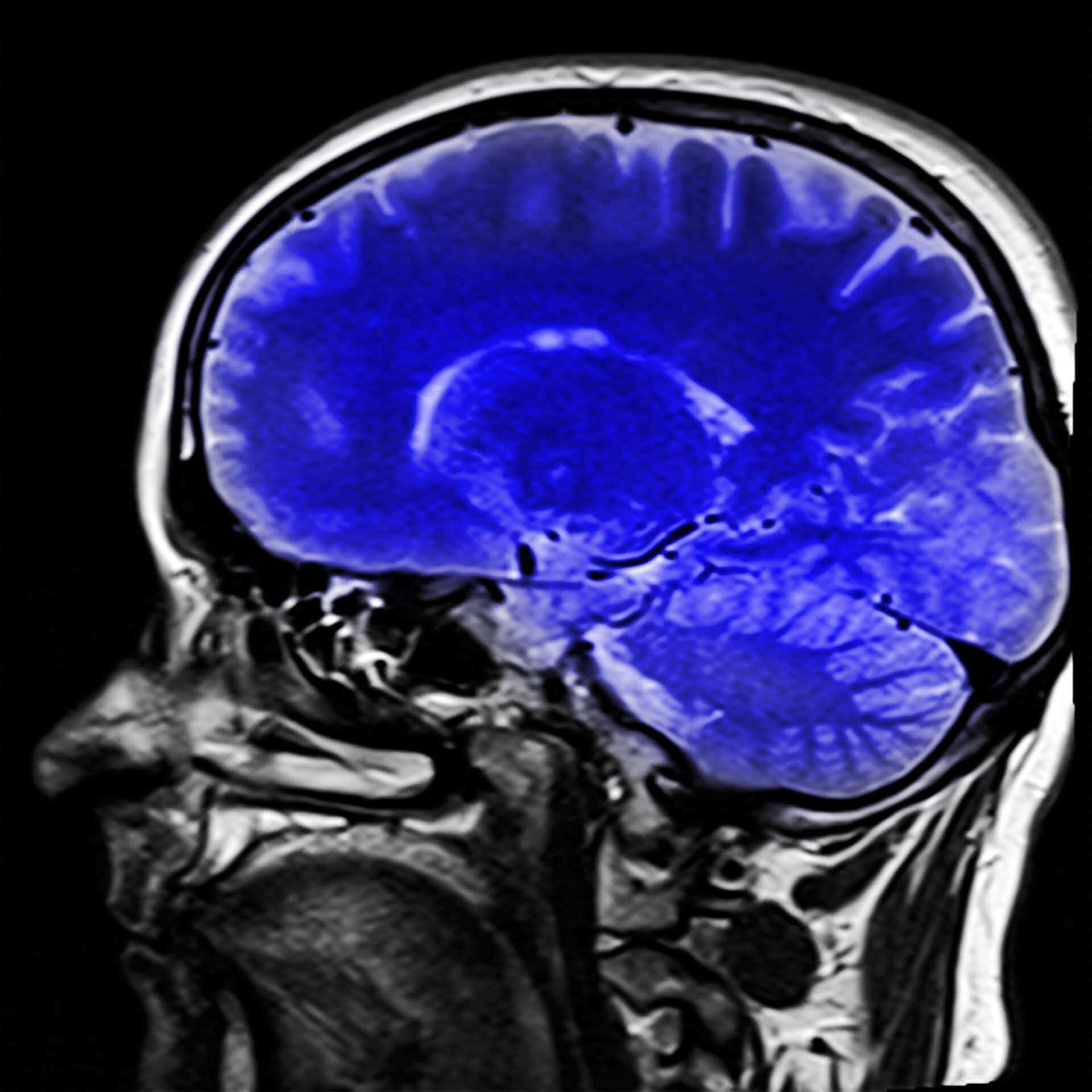This is a major discovery! Jean-Marc Sabatier describes here for the first time the direct link between the dysfunctional renin-angiotensin system or RAS (as overactivated by the viral and possibly vaccine Spike protein) and the (potential) onset of Alzheimer’s neurodegenerative disease in the host.

By Jean-Marc Sabatier
The SARS-CoV-2 virus causes the overactivation and disruption of a physiological system central to the functioning of the human body: the renin-angiotensin system or RAS (also known as the angiotensin-aldosterone system or AAS). The RAS is responsible for renal, pulmonary, and cardiovascular autonomic (automatic) functions; it also controls innate immunity and the various microbiota (microbial flora of the body). The RAS is ubiquitous in the body, as it is present in the cells of various tissues and organs. Dysfunctional RAS (because it is overactivated) is directly responsible for Covid-19 pathologies via the excess of the hormone angiotensin-2, which overactivates the “deleterious” RAS receptor AT1R.
Triggering of cellular signaling
Indeed, the AT1R receptor overactivated by excess angiotensin-2 possesses numerous activities that are harmful to the human organism, via the triggering of cellular signaling cascades. The AT1R receptor is pro-hypertensive (it induces vasoconstriction of blood vessels), pro-inflammatory (it induces a deleterious storm of pro-inflammatory cytokines), pro-oxidant (it increases the production of reactive oxygen particles that kill cells) pro-thrombotic (it promotes the formation of clots – or thrombi – that obstruct blood vessels), pro-angiogenic (it promotes the growth of blood vessels and tumors) pro-hypoxemic (it decreases the load of red blood cells in oxygen and induces a desaturation of blood in oxygen), pro-hypoxic (it causes a deficit of supply of various cells, tissues and organs in oxygen), pro-fibrosing (it induces a fibrosis of organs), pro-hypertrophying (it increases the volume of organs), and makes fall the nitric oxide (it affects the inflammatory, immune and memory phenomena).
Alzheimer’s disease: What happens?
Alzheimer’s disease is a form of dementia characterized by disabling neurological disorders that affect the behavior, memory, thinking and reasoning skills of sufferers. Symptomatology is generally slow to progress (but can be abnormally rapid in cases of Covid-19 and long Covid). Patients mainly present with memory loss (amnesia), spatio-temporal confusion, mood and personality disorders, an inability to understand and/or solve problems, disorders of written and/or oral expression (aphasia), and difficulties in managing daily tasks. There is an impairment in the ability to perform motor activities even though these functions are “intact” (apraxia), as well as difficulties in identifying everyday objects even though sensory functions are also “intact” (agnosia). This decline in mental functions during Alzheimer’s disease is currently characterized by seven evolutionary stages, ranging from no impairment to very severe cognitive deficits (memory, orientation, language, attention, praxis, gnosis, executive functions and visio-spatial abilities).
50 million people worldwide
Alzheimer’s disease – which affects approximately 50 million people worldwide – is prevalent in people over the age of 65 (4 to 5% of Alzheimer’s cases are found before the age of 65). The medical treatments developed to date to slow down and counter the degenerative process of Alzheimer’s disease are aimed at preventing the formation of amyloid plaques between neurons, as well as aggregates of tau protein.
Tau protein is present in the axons of neurons: it is associated with microtubules and acts by regulating their dynamics. Thus, tau protein is linked to neurofibrillary degeneration occurring within neurons. Post-translational modifications of tau, such as acetylation or phosphorylation, regulate its intracellular activity on microtubules (microtubules are filaments of the cytoskeleton – hollow cylinders made up of tubules – involved in various important functions, including intracellular transport, and cell division or mitosis).
Overactivated RAS (by SARS-CoV-2 or vaccine spike protein), Covid-19 and Alzheimer’s disease: what is the link?
Alzheimer’s disease has been observed (by clinical physicians and pathologists) in people (including young adults) after natural infection with SARS-CoV-2 (or even vaccination against Covid-19). As previously mentioned, a viral infection with SARS-CoV-2 (or even an anti-Covid-19 vaccination) causes a dysfunction of the RAS, via an excess of the hormone angiotensin-2 (normally degraded by the receptor ECA2 – angiotensin-2 converting enzyme – on which the viral or vaccine spike protein binds) and the “deleterious” overactivation of the AT1R receptor (of the RAS), which is the cause of the Covid-19 diseases The overactivated AT1R receptor is pro-hypertensive, i.e. it induces arterial hypertension. This has an impact on brain function.
Neurological disorders
Arterial hypertension is clearly identified as a major factor in mild or severe neurodegenerative disorders such as dementia and Alzheimer’s disease. RAS inhibitors (e.g. sartans, ACE inhibitors of angiotensin-1 converting enzyme) have been shown to have beneficial effects on neurodegenerative diseases and other cognitive dysfunctions (these beneficial effects are far superior to other known types of hypertensive drugs). Excess angiotensin-2 hormone is thus associated with neurological disorders, including the deficit of spatial memory acquisition. These neurological disorders and alterations in cognitive functions are accompanied by an accumulation of beta-amyloid proteins in the cerebral cortex, as well as an impairment (decrease in synaptic content) of the perforating pathway of the hippocampus connected to the entorhinal cortex (the axons/perforating fibers of the entorhinal cortex are the pathway of entry of information into the hippocampus, a trisynaptic neural circuit; they contact the granular cells of the dentate gyrus), which are key features of Alzheimer’s disease.
The vasoconstrictive effect of dysfunctional RAS
Thus, angiotensin-2 (in excess in Covid-19) and overactivation of the RAS (responsible for Covid-19 diseases) promote the accumulation and deposition of beta-amyloid proteins (markers of Alzheimer’s disease), altering synaptic connections of brain cells and cognitive functions. In addition, the vasoconstrictive effect of the dysfunctional RAS contributes to limiting blood flow in the brain, promoting neurovascular uncoupling, cerebral hypometabolism and the development of neurological damage.
How to limit/treat neurological (e.g. Alzheimer’s disease) and cardiovascular damage related to RAS dysfunction?
Various molecules (quercetin, melatonin, thymoquinone, dexamethasone, sartans, ACE inhibitors, etc.) inhibiting the overactivation of the RAS are of interest, and in particular vitamin D which acts as a brake on the RAS, with beneficial effects -among others- on the incidence of neurodegenerative diseases, cognitive dysfunctions, and cerebrovascular accidents.
In conclusion, I describe here, for the first time, that there is a direct link between the dysfunctional renin-angiotensin system or RAS (because overactivated by the viral and possibly vaccine spike protein) and the (potential) onset of Alzheimer’s neurodegenerative disease in the host. And certainly other degenerative diseases.
Covid : collection of Jean-Marc Sabatier’s censored articles in English and Spanish

